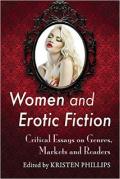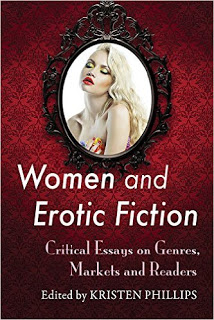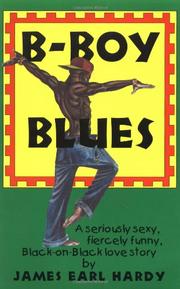Review/Summary (3 - Amalia Ziv): Women and Erotic Fiction, ed. Kristen Phillips
 The essay by Amalia Ziv is a condensed version of a chapter in her Explicit Utopias: Rewriting the Sexual in Women's Pornography (State University of New York Press, 2015).
The essay by Amalia Ziv is a condensed version of a chapter in her Explicit Utopias: Rewriting the Sexual in Women's Pornography (State University of New York Press, 2015).
Ziv begins "Refiguring Penetration in Women's Erotic Fiction" by outlining the status quo regarding penetration:
Ever since ancient Greek civilization, Western culture has regarded subjecthood as premised on bodily autonomy, and bodily autonomy as incompatible with sexual penetrability. In the modern state [...] penetrability is no longer seen to conflict with political subjecthood, but the conception of sexual penetration as antithetical to sexual subjectivity endures. This conception finds expression most notoriously in mainstream heterosexual porn - in which penetration often figures as an act of domination or humiliation. (59)
Having examined feminist arguments for and against this view of penetration, Ziv comments that:
In a lesbian context [...] the structural impossibility of penetration with an "orgasmic object" predefines penetration as altruistically rather than selfishly motivated, which taken together with the lack of gender hierarchy between the partners eliminates most of the problematic significations of heterosexual penetration and opens the way for radical rearticulations. (67)
One might object that this is probably ignoring possible intersectional ways of creating hierarchy, and the assumption that no "orgasmic object" will be involved in the penetration implies that all involved are cisgender. Ziv's focus, however, is
the terrain of heterosexual sexuality.
My chosen corpus is one of the classic series of women's erotica, Herotica, first published by the independent Down There Press, and subsequently taken up by Plume, a division of Penguin books. [...] I will fous on the first three, published in 1988, 1992, and 1994, and edited by Susie Bright. (67)
In these,
If one strategy is to downplay the importance of penile penetration in heterosexual sex, stories that do represent it often contest its dominant meanings and suggest alternative ones. (69)
The essay looks in detail at only three stories. One of these
suggests a more nuanced understanding of the acts that takes into account a whole array of contextual factors, such as consent, consideration, the power differential between the partners, the power balance within the act itself (who initiates and directs the act, sexual posture, freedom of movement, thrusting, etc.), and the balance of pleasure. (70)
In another "the possession effected by the act is reinterpreted as mutual possession" (76) and in a third a female protagonist has a "phantasmatic identification with gay male sexuality" (76): "sexual receptivity in contemporary gay male culture" (74) has, according to Ziv, "since the '70s has managed [...] to undermine the symbolic equation of sexual receptivity with both femininity and non-subjecthood" (75).
-----
Ziv, Amalia. "Refiguring Penetration in Women's Erotic Fiction". Women and Erotic Fiction: Critical Essays on Genres, Markets and Readers. Ed. Kristen Phillips. Jefferson, North Carolina: McFarland 2015. 59-78.

 Simon Hardy's essay in this volume compares the "male tradition of pornographic writing" which made "use of a female narrative voice" to "erotic fiction and memoirs [...] that are genuinely written by women" in order to discover whether "female authors are producing new forms of erotica or simply assimilating patterns of erotic discourse established by the centuries-old tradition of male writers, often masquerading as female autobiographers" (25).
Simon Hardy's essay in this volume compares the "male tradition of pornographic writing" which made "use of a female narrative voice" to "erotic fiction and memoirs [...] that are genuinely written by women" in order to discover whether "female authors are producing new forms of erotica or simply assimilating patterns of erotic discourse established by the centuries-old tradition of male writers, often masquerading as female autobiographers" (25). Kristen Phillips recently posted me a copy of Women and Erotic Fiction: Critical Essays on Genres, Markets and Readers, an essay collection she edited. Those essays discuss and explore a wide range of texts but it is the publication of, and responses to, Fifty Shades of Grey, which has focused attention on women's erotic fiction. Of course, as Phillips notes,
Kristen Phillips recently posted me a copy of Women and Erotic Fiction: Critical Essays on Genres, Markets and Readers, an essay collection she edited. Those essays discuss and explore a wide range of texts but it is the publication of, and responses to, Fifty Shades of Grey, which has focused attention on women's erotic fiction. Of course, as Phillips notes,
 In “What’s Love But a Second Hand Emotion?”: Man-on-Man Passion in the Contemporary Black Gay Romance Novel," Marlon B. Ross states that
In “What’s Love But a Second Hand Emotion?”: Man-on-Man Passion in the Contemporary Black Gay Romance Novel," Marlon B. Ross states that